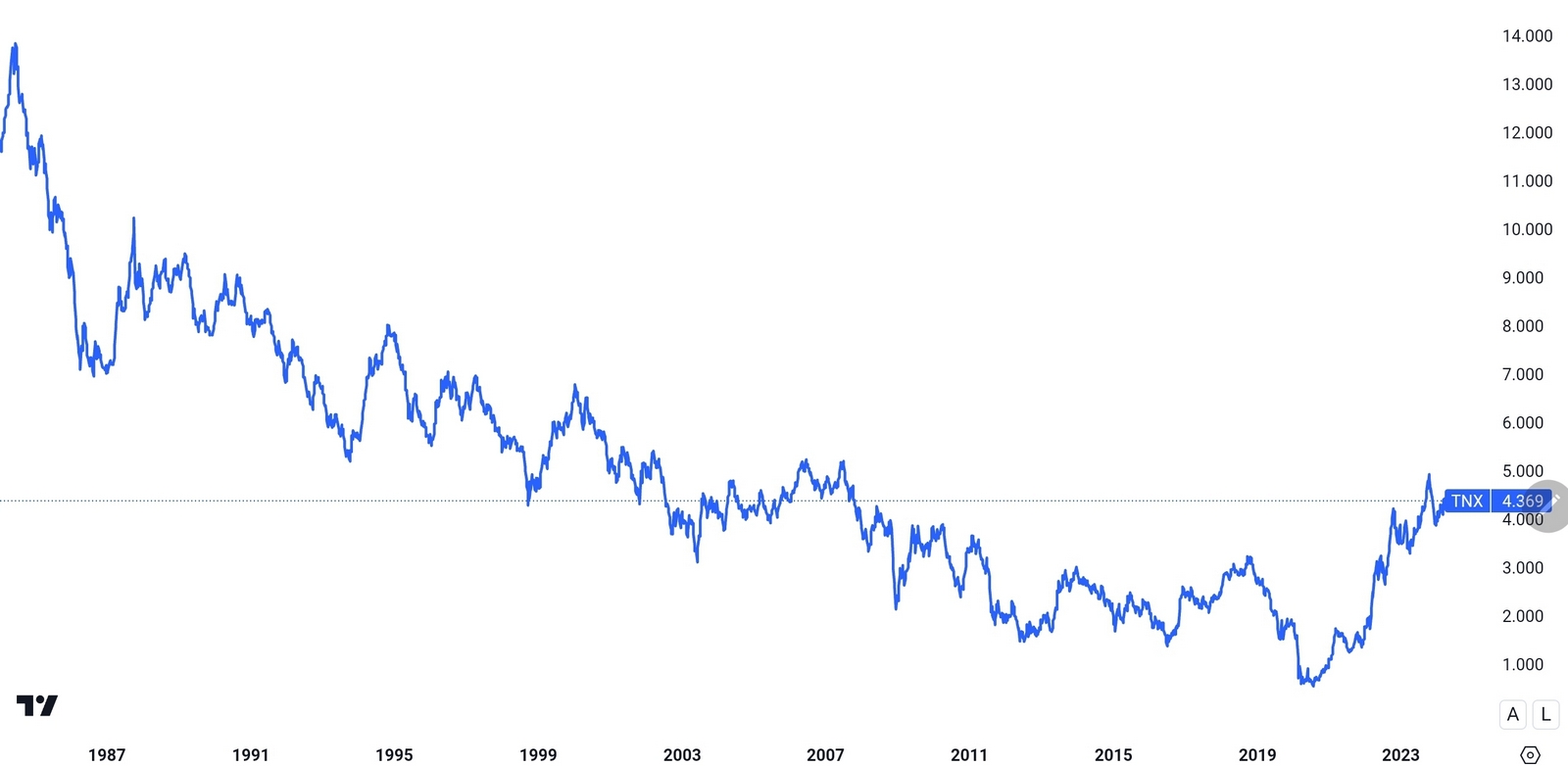Government bonds stand out as one of the safest and most reliable investment options available to investors. These bonds, issued by national governments, play a crucial role in global financial markets, offering a secure avenue for individuals and institutions to invest their funds while earning a predictable return. This article aims to provide a comprehensive overview of government bonds, including their characteristics, types, advantages, risks, and how to invest in them wisely.
Understanding Government Bonds
Government bonds, also known as sovereign bonds or treasuries, are debt securities issued by governments to raise capital. When investors purchase these bonds, they are essentially lending money to the issuing government in exchange for periodic interest payments, typically referred to as coupon payments, and the return of the principal amount at maturity. These bonds provide investors with a fixed income stream through regular interest payments, typically made semi-annually, although the frequency may vary depending on the bond’s terms. Government bonds have a specified maturity date, upon which the issuing government repays the bond’s principal amount to the investor. Maturities can vary widely, ranging from short-term, such as less than one year, to long-term, such as 30 years or more.
Types of US Government Bonds
#1. Treasury Bonds (T-Bonds)
Treasury bonds are the long-term debt instruments issued by a government, typically with maturities ranging from 10 to 30 years. These bonds offer investors a stable, fixed income over an extended period, making them suitable for those seeking long-term investment opportunities. Due to their longer duration, treasury bonds usually provide higher interest rates compared to shorter-term securities, compensating investors for tying up their funds for an extended period (read about yield curve to find out about exceptions). Investors may choose treasury bonds for their ability to lock in a higher yield for a considerable period, thus hedging against potential interest rate fluctuations in the future. Moreover, the longer maturity of treasury bonds makes them more sensitive to changes in interest rates, presenting both opportunities and risks for investors.
#2. Treasury Notes (T-Notes)
Treasury notes are intermediate-term government bonds with maturities typically ranging from 2 to 10 years. These securities strike a balance between the long-term stability of bonds and the shorter duration of treasury bills, making them appealing to investors with medium-term investment horizons. Treasury notes provide investors with a steady stream of income through periodic interest payments, usually semi-annually, until maturity. Investors often favor treasury notes for their relatively lower interest rate risk compared to longer-term bonds while still offering higher yields than short-term securities. The intermediate duration of treasury notes allows investors to adapt their investment strategy to changing market conditions more frequently compared to longer-term bonds, providing flexibility in portfolio management.

10-years Treasury note yields (%) chart 1985-2024. This yields represent the risk-free rate of return, against which other investments are evaluated/TradingView
#3. Treasury Bills (T-Bills)
Treasury bills, commonly known as T-bills, are short-term government securities with maturities of one year or less. Unlike treasury bonds and notes, T-bills do not pay periodic interest. Instead, they are issued at a discount to their face value, with investors receiving the full-face value upon maturity. The difference between the purchase price and face value represents the investor’s return or yield. T-bills are highly regarded for their safety and liquidity, making them attractive options for investors seeking a secure, short-term investment vehicle. Due to their short duration, T-bills are less susceptible to interest rate risk compared to longer-term bonds. Investors often use T-bills as a cash management tool, parking funds temporarily while awaiting more favorable investment opportunities or as a safe haven during uncertain market conditions.
#4. Treasury Inflation-Protected Securities (TIPS)
Treasury inflation-protected securities (TIPS) are a special category of treasury securities designed to safeguard investors against inflationary pressures. Unlike traditional bonds, the principal value of TIPS adjusts periodically based on changes in the Consumer Price Index (CPI), a measure of inflation. As inflation rises, the principal value of TIPS increases, thereby providing investors with a hedge against the erosion of purchasing power. Additionally, TIPS pay a fixed interest rate applied to the inflation-adjusted principal, ensuring that investors receive a real return above inflation. TIPS are particularly attractive to investors concerned about inflation risk, as they offer protection against the adverse effects of rising prices on investment returns. However, it’s important to note that TIPS may exhibit greater price volatility compared to traditional bonds due to their inflation-linked features, making them more suitable for investors with a long-term investment horizon.
Other US Government Bonds
Besides these 4 major types of government bonds there are a few other types. Series EE Bonds, which are non-marketable securities designed to provide a safe and accessible long-term savings option for individual investors. These bonds are purchased at a discount to face value and accrue interest over time, typically held for a minimum of 20 years before reaching maturity. Series I Bonds, also non-marketable, aim to shield investors from inflation by combining a fixed interest rate with a variable inflation rate component. They are purchased at face value and accrue interest monthly based on changes in the Consumer Price Index (CPI). Additionally, Floating Rate Notes (FRNs) are marketable securities with an interest rate adjusted periodically according to changes in a reference rate, such as the 13-week Treasury bill rate. This adjustment mechanism provides investors with protection against rising interest rates as their interest payments fluctuate accordingly.

Free Backtesting Spreadsheet
Non-US Government bonds
- British Gilts: British Gilts are bonds issued by the United Kingdom government, serving as the primary method for financing its public debt. These bonds are similar to U.S. Treasury bonds and are available in various maturities, including long-term gilts with durations exceeding 30 years, medium-term gilts, and short-term treasury bills.
- German Bunds: German Bunds are government bonds issued by the Federal Republic of Germany. They are widely considered one of the safest assets in the world and serve as benchmark securities for the eurozone.
- Japanese Government Bonds: Japanese Government Bonds (JGBs) are debt securities issued by the government of Japan. JGBs are available in a variety of maturities, including long-term bonds with durations of up to 40 years, medium-term bonds, and short-term treasury bills known as “T-Bills.”
- French OATs: Obligations Assimilables du Trésor (OATs) are long-term bonds issued by the French government. They represent a key source of funding for the French government and are traded on financial markets.
- Italian BTPs: Buoni del Tesoro Poliennali (BTPs) are long-term government bonds issued by the Italian Ministry of Economy and Finance. These bonds play a crucial role in financing Italy’s public debt and are available in various maturities, including medium and long-term bonds.
- Canadian Government Bonds: Canadian Government Bonds are debt securities issued by the Government of Canada to finance its operations and projects. These bonds come in various maturities, including long-term bonds, medium-term bonds, and short-term treasury bills, providing investors with options to match their investment preferences.
- Australian Government Bonds: Australian Government Bonds, also known as “Aussie Bonds,” are debt securities issued by the Australian government.
- Swiss Government Bonds: Swiss Government Bonds, issued by the Swiss Federal Government, are considered among the safest investments in the world. These bonds, known as “Confederation bonds,” are available in various maturities with durations exceeding 50 years.
Advantages of Investing in Government Bonds
- Safety: Government bonds are widely regarded as one of the safest investments available because they are backed by the full faith and credit of the issuing government. This means that the risk of default is extremely low, especially for bonds issued by stable, creditworthy nations.
- Diversification: Government bonds can serve as a diversification tool within an investment portfolio, helping to reduce overall risk by balancing exposure to other asset classes such as stocks or alternative assets.
- Predictable Income: The fixed income provided by government bonds offers investors a predictable cash flow stream, which can be particularly valuable for retirees or those seeking steady income.
- Liquidity: Government bonds are generally highly liquid assets, meaning they can be easily bought or sold in the secondary market. This liquidity makes them an attractive option for investors who may need to access their funds quickly.
- Tax Advantages: In many countries, the interest earned on government bonds may be exempt from certain taxes, making them even more attractive from a tax-efficiency standpoint.
Risks Associated with Government Bonds
While government bonds are generally considered low-risk investments, they are not entirely without risk. Some potential risks include:
- Interest Rate Risk: Government bond prices are inversely related to interest rates. When interest rates rise, bond prices typically fall, and vice versa. Investors may face the risk of capital losses if they need to sell their bonds before maturity in a rising rate environment.
- Inflation Risk: Inflation erodes the purchasing power of fixed-income investments like government bonds. While TIPS offer protection against inflation, traditional bonds may see diminished real returns during periods of high inflation.
- Credit Risk: Investors purchasing bonds issued by foreign governments face the additional risk of credit risk, which refers to the likelihood of the issuing government defaulting on its debt obligations.
- Reinvestment Risk: If interest rates decline, investors may face reinvestment risk when their bonds mature and they must reinvest the proceeds at lower rates.
How to Invest in Government Bonds
Direct Purchase
Investors can buy government bonds directly from the issuing government through auctions or from authorized dealers. This method allows investors to access a wide range of maturities and bond types, including both domestic and non-US government bonds. Whether purchasing British Gilts, German Bunds, Japanese Government Bonds, or any other sovereign debt, investors can participate in primary market offerings to acquire bonds directly from the issuing authorities.
Bond Funds
Government bond mutual funds or exchange-traded funds (ETFs) provide an easy way for investors to gain exposure to a diversified portfolio of government bonds from various countries. These funds offer professional management and liquidity, allowing investors to access a broad spectrum of government bond markets without the need to select individual bonds. However, investors should be mindful of management fees and expenses associated with these funds.
Brokerage Accounts
Many brokerage firms offer platforms where investors can buy and sell government bonds in the secondary market, including both domestic and international bonds. These platforms provide access to a wide range of bond offerings, allowing investors to trade bonds actively based on market conditions and investment objectives. Additionally, brokerage accounts may offer additional tools and research resources to assist investors in making informed decisions.
TreasuryDirect
In the United States, individual investors can purchase government bonds directly from the U.S. Department of the Treasury through its online platform, TreasuryDirect. This platform allows investors to buy treasury securities without paying any commissions or fees, providing a convenient and cost-effective way to invest in US government bonds. Whether purchasing Treasury bonds, notes, bills, or savings bonds, investors can manage their bond investments directly through TreasuryDirect, eliminating the need for intermediaries.
Final Thoughts
Government bonds are indispensable in the global financial ecosystem, providing investors with a secure and dependable avenue to safeguard capital and generate consistent income. Although they may not yield the lofty returns associated with more speculative investments, their unwavering stability and liquidity render them fundamental elements of a thoroughly diversified investment portfolio. Through a comprehensive grasp of government bonds’ attributes, varieties, advantages, and risks, investors can aptly navigate financial markets, making informed decisions to attain their financial objectives while prudently mitigating risks.
Share on Social Media:








